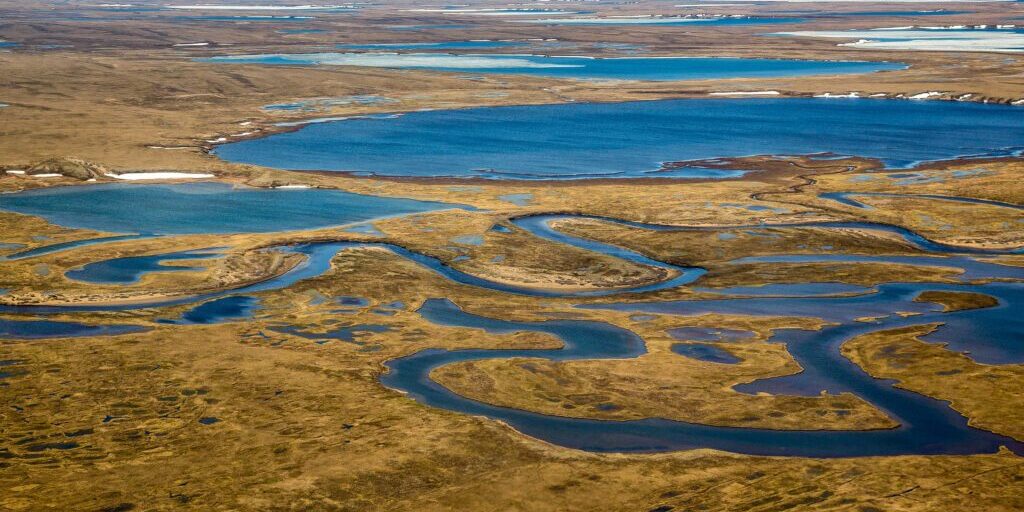Oil development in the North Slope is federally approved to continue at Greater Mooses Tooth 2.
The Bureau of Land Management (BLM) and U.S. Army Corps of Engineers signed a joint record of decision (JROD) on Monday that will allow for a multi-well drill pad, an 8.2-mile gravel road, and an 8.6-mile pipeline connecting the proposed GMT2 and Greater Mooses Tooth 1 (GMT1). GMT1 began oil production last week.
ConocoPhillips Alaska, Inc., submitted an application in August 2015 for a 14-acre pad and up to 48 wells. With this new approval, ConocoPhillips expects to begin construction this winter (2018-2019). The company predicts the site to produce for 30 years, from 2020-2050, with approximately 40,000 barrels of oil produced daily, bringing in royalties of an estimated $2.13 billion. A press release from the BLM states those payments are to be “shared among the resource owners.” BLM claims this project will economically benefit Alaska Native Corporations who own the subsurface mineral estate.
In addition to the requirements mandated by the NPR-A Integrated Activity Plan, the JROD contains supplemental best management practices. Some of these include agreements for Native communities to access the roads for subsistence, observing the impact of development on wildlife populations and ecosystems and “wildlife protection measures for fleet and aircraft traffic.”
Image at top: An aerial view of a small portion of the vast National Petroleum Reserve–Alaska. Photo: Bob Wick, Bureau of Land Management, public domain.




